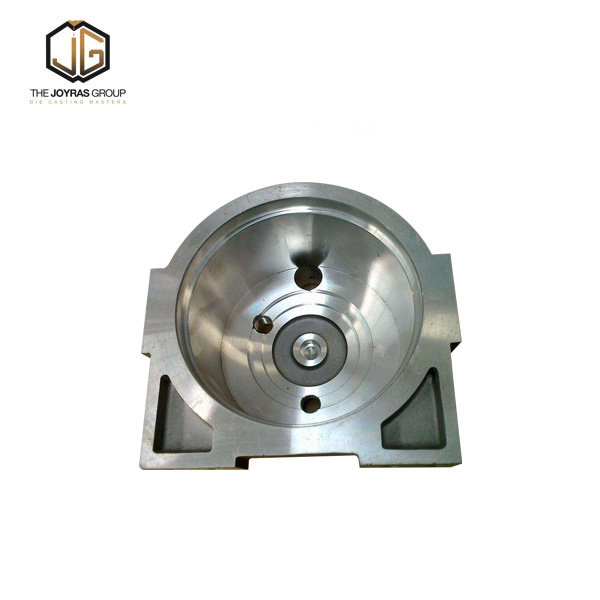
Is Sand Casting Environmentally Friendly?
Sand casting is a relatively environmentally friendly process compared to other types of casting processes. The sand used to create the mold can be recycled and used again, which reduces the amount of waste created during production. However, the process does require a significant amount of energy to melt the metal and create the mold, which can contribute to carbon emissions.What Types of Metals Can Be Used in Sand Casting?
Almost any metal can be used in sand casting, including aluminum, bronze, brass, iron, and steel. The metal is melted down and poured into the mold to take the shape of the mold. The type of metal used depends on the application and the properties required for the finished product.What Are the Benefits of Using Sand Casting Parts?
Some of the benefits of using sand casting parts include the ability to create complex shapes and designs, the low cost of the process, and the ability to produce large quantities of parts quickly. Sand casting is also ideal for creating large items, such as engine blocks and gearboxes.Are Sand Casting Parts Durable?
Sand casting parts are very durable and can withstand high levels of stress and pressure. The metal used in the process is strong and can be heat-treated to increase its toughness and durability. This makes sand casting parts ideal for applications that require strength and durability.What Industries Use Sand Casting Parts?
Sand casting parts are used in various industries, including the automotive, aerospace, and machinery industries. The ability to create complex shapes and designs makes sand casting ideal for creating parts that other methods of manufacturing cannot produce.In conclusion, sand casting parts are a cost-effective way to create custom-designed metal parts that are both durable and environmentally friendly. With the ability to produce large quantities of parts quickly, sand casting is a popular choice for many industries. At Joyras Group Co., Ltd., we specialize in sand casting parts and provide high-quality products that meet our clients' needs. Contact us at sales@joyras.com to learn more about our services.
Scientific Papers on Sand Casting Parts
Banerjee, P et al. (2015). “Development of Sand Casting Parts for Tabular Heat Exchangers,” International Journal of Heat and Mass Transfer, vol. 89, pp. 548-557.
Lin, W et al. (2016). “Numerical and Experimental Investigation of Sand Casting Parts,” Journal of Materials Processing Technology, vol. 230, pp. 14-22.
Salgado, D R et al. (2017). “The Effect of Sand Casting Methods on Mechanical Properties of Aluminum Cast Alloys,” Journal of Alloys and Compounds, vol. 714, pp. 448-452.
Tian, J et al. (2018). “Effect of Sand Casting Parameters on Tensile Properties of High Steel Parts,” Materials Science and Engineering: A, vol. 711, pp. 597-604.
Wang, Q et al. (2019). “Analysis of Sand Casting Defects in Aluminum Parts,” Materials Science Forum, vol. 945, pp. 412-417.
Xiao, J et al. (2020). “Effects of Sand Casting Process Parameters on Toughness and Microstructure of Low Alloy High Strength Steel Parts,” Advanced Materials Research, vol. 228-229, pp. 427-430.
Zhang, L et al. (2020). “Effect of Zircon Content on Sand Casting Performance of Aluminum Parts,” Journal of Applied Research and Technology, vol. 18, pp. 16-21.
Zhou, Q et al. (2021). “Optimization of Sand Casting Parameters for Titanium Alloy Parts,” Journal of Cleaner Production, vol. 292, p. 126052.
Zhu, Y et al. (2021). “Numerical Simulation and Experimental Investigation of Sand Casting Parts Made of High-Strength Aluminum,” Journal of Materials Research and Technology, vol. 16, pp. 280-292.
Zou, Z et al. (2021). “Influence of Pouring Temperature on Sand Casting Performance of Iron Parts,” Advances in Mechanical Engineering, vol. 13, pp. 1-9.
Zuo, X et al. (2021). “Effect of Iron Oxide Content on Sand Casting Properties of Copper Alloy Parts,” Journal of Advanced Manufacturing Technology, vol. 15, pp. 121-127.